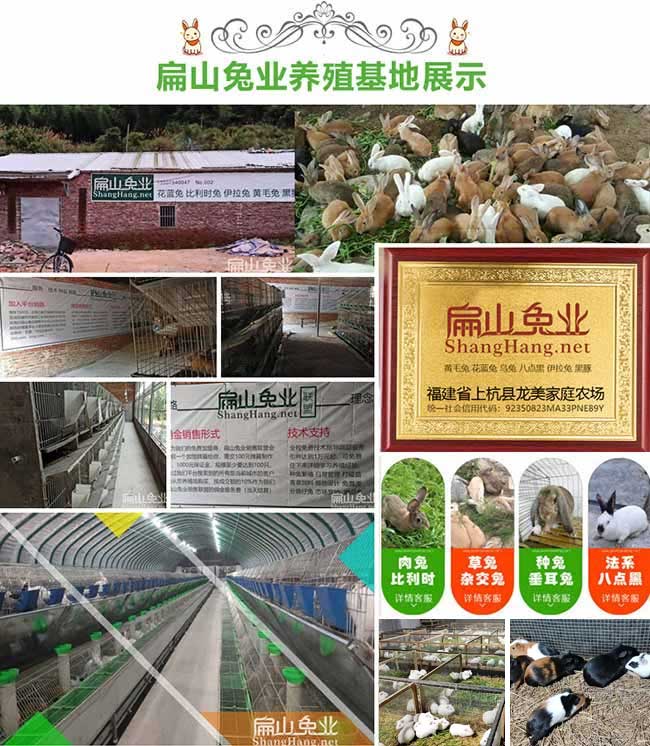[成都花豚鼠、荷蘭豬(zhū)、老(lǎo)鼠竹鼠、銀星c紅頰竹鼠、商品竹(zhú)鼠、散養野兔種苗批發(fā)及回收與收購服務、全國上門拉(lā)貨]13507五40047電話微信號一樣的、四川資陽豚鼠養殖基地(dì)、眉山2023年-HTS-29黑豚彩豚實驗鼠1斤價(jià)格、內江2斤豚鼠種苗價格、自(zì)貢1.5斤價格、達州0.5斤價(jià)格、綿陽0.8斤彩豚鼠批發價格、樂山0.6斤價格、南充0.4斤價格(gé)、遂寧廣安巴(bā)中(zhōng)阿壩德陽豚鼠種苗批發價格一般在市場上賣多(duō)少錢一斤、廣(guǎng)元瀘州宜賓楊梅苗、茶樹苗培育種植基地歡(huān)迎大家的合作、涼山雅安甘孜攀枝花金線蓮種苗、楊梅小杯苗(miáo)培育標準基地,同時回收楊梅果和茶油,本基地(dì)產品支持出口,歡迎全國各(gè)地的朋(péng)友合(hé)作。
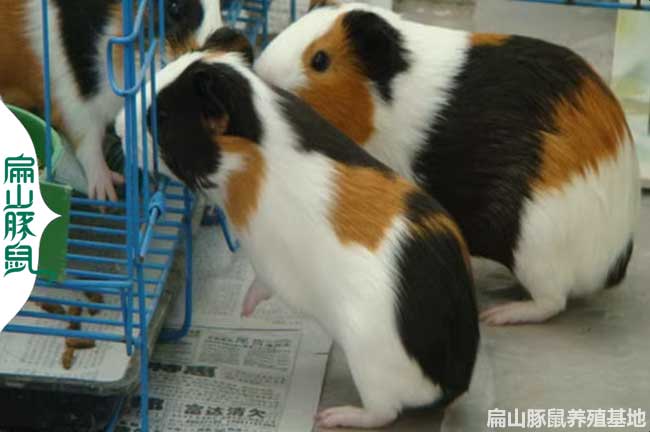
由於家兔性情溫順且易飼養,綿陽常用於藥物對心髒、血壓、呼吸的影響及有機磷農(nóng)藥中毒和解救的實驗,也可用於研究藥(yào)物對中(zhōng)樞神經的影(yǐng)響、體溫實驗、熱原(yuán)檢查及避孕藥的研究。新餘南昌黑豚種苗價格九江上饒撫州宜春吉安黑豚鼠養殖基(jī)地貓、與家兔比較,貓對外科手術的耐受性強(qiáng),血壓(yā)穩定,故常用於(yú)血壓實驗,也常(cháng)用於心血管藥物及中樞神經係統(tǒng)藥物的(de)研究(jiū)。
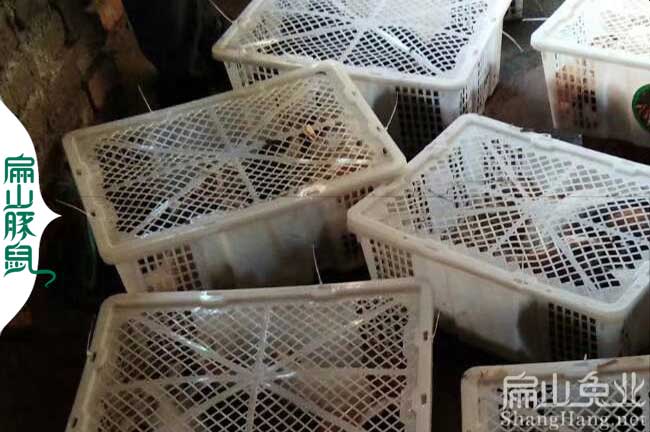
捉(zhuō)拿法(fǎ)有兩種、一種是用右手提起小鼠(shǔ)尾部,內(nèi)江實驗鼠將其放在鼠籠蓋上或(huò)其他粗糙麵上,向後(hòu)上方輕(qīng)拉,此時小鼠前肢緊緊抓住粗糙麵(miàn),福建省福州漳州(zhōu)黑豚種苗基地價格 泉州寧德白豚鼠養殖場迅速用左手拇指和食指(zhǐ)捏住小鼠頸(jǐng)背部皮膚並用小指和手掌夾持其尾根(gēn)部固定於手中。另一種方法是隻用左手抓住(zhù)小鼠尾部,然後用拇(mǔ)指及食指捏住其頸部皮膚,然(rán)後再用手掌尺側及小(xiǎo)指(zhǐ)夾住其尾根。為先種方法簡單易學,第二種方法較難,但捉拿快速,給藥速度快。
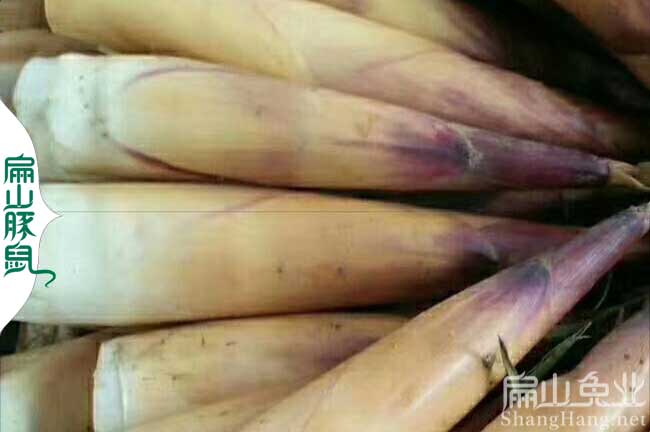
斷頭取血 這是較常用且簡便的一種取血方法,操作時一手抓住動物,另一隻(zhī)手用剪刀剪掉其(qí)頭部,立即將鼠頸部向下,提起(qǐ)動物(wù),並對準已備好的容器(容器內事先(xiān)放入抗(kàng)凝(níng)劑),使鼠血快速(sù)滴入容器內(nèi)。眶動脈或(huò)眶靜脈取血 將動物倒(dǎo)持,然後壓迫眼球,使(shǐ)其突出充血後,用止血鉗迅速摘(zhāi)除(chú)眼球,眼眶內會很快(kuài)流(liú)出血液,讓血滴入加有抗凝劑的玻璃器皿內,直至血流不出為(wéi)止。一般情況下可取得相當於動物體重 4%~5% 的血液量。血(xuè)流完動(dòng)物即死亡,此法隻適用於(yú)一次性取血。
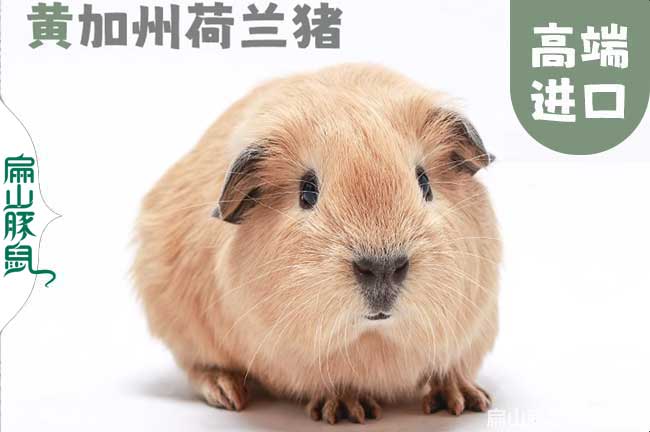
Sichuan Ziyang Guinea Pig Breeding Base, Meishan 2023-HTS-29 Black Porpoise Color Porpoise Experimental Rat 1 catty price, Neijiang 2 catty price, Zigong 1.5 catty price, Dazhou 0.5 catty price, 13507五40047 Telephones WeChat Same, Mianyang 0.8 catty price, Leshan 0.6 catty price, Nanchong 0.4 catty price, Suining Guang'an Bazhong Aba Deyang Guinea Pig Seedling Wholesale price, how much is it usually sold in the market for 1 catty, Guangyuan Luzhou Yibin Yangmei Seedling We welcome everyone's cooperation in the tea seedling cultivation and planting base, as well as the Liangshan Ya'an Ganzi Panzhihua Jinlian seedling and Yangmei small cup seedling cultivation standard base. We also recycle Yangmei fruit and tea oil, and our products support export. We welcome friends from all over the country to cooperate.
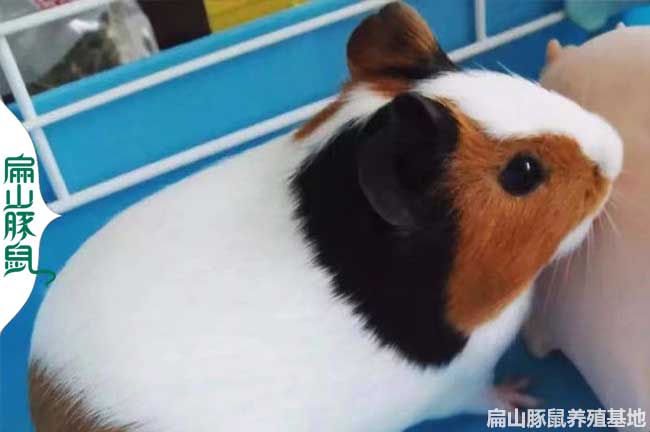
Due to the gentle temperament and easy feeding of rabbits, Mianyang is commonly used for experiments on the effects of drugs on the heart, blood pressure, and respiration, as well as for experiments on organophosphorus pesticide poisoning and rescue. It can also be used for studying the effects of drugs on the central nervous system, body temperature experiments, pyrogen tests, and research on contraceptives. Compared with rabbits, cats have strong tolerance to surgical procedures and stable blood pressure, which is why they are often used in blood pressure experiments, as well as in the study of cardiovascular and central nervous system drugs.
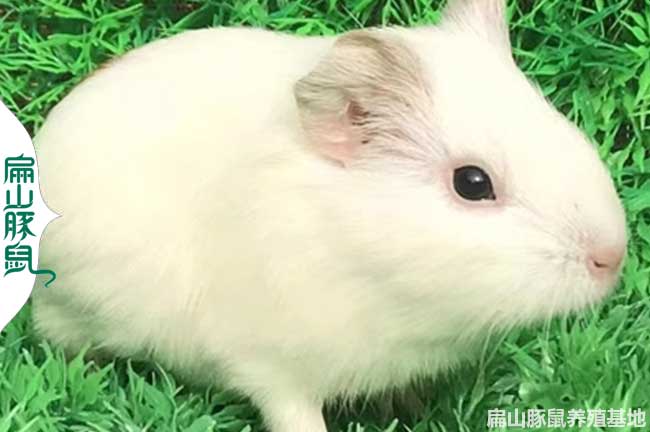
There are two ways to capture the mouse. One is to lift the tail of the mouse with the right hand. The Neijiang experimental mouse places it on the cage cover or other rough surface, and gently pulls it back and up. At this time, the mouse's forelimbs tightly grasp the rough surface, quickly pinch the skin on the back of the mouse's neck with the left thumb and index finger, and clamp the root of the tail with the little finger and palm to fix it in the hand. Another method is to grab the tail of the mouse with only the left hand, then pinch the neck skin with the thumb and index finger, and then clamp the root of the tail with the ulnar side of the palm and little finger. The first method is simple and easy to learn, while the second method is more difficult, but it is fast to capture and administer drugs.
Cutting off the head to take blood is a commonly used and simple method of taking blood. When operating, one hand grabs the animal, while the other hand uses scissors to cut off its head. Immediately, the mouse's neck is lowered, the animal is lifted, and the prepared container (pre placed with anticoagulant) is aligned to allow the mouse blood to quickly drip into the container. Take blood from the orbital artery or vein, hold the animal upside down, and then compress the eyeball to protrude and congestion. After that, use a hemostatic forceps to quickly remove the eyeball. Blood will quickly flow out of the orbit, allowing it to drip into a glass container filled with anticoagulants until no blood can flow out. Generally, a blood volume equivalent to 4% to 5% of the animal's body weight can be obtained. Animals die after completing blood flow, and this method is only applicable to one-time blood collection.

